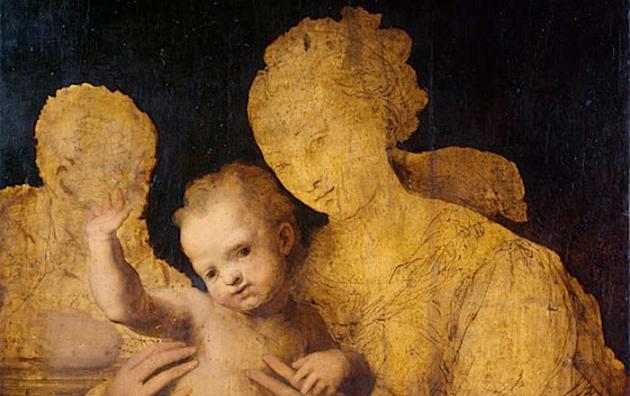The subject of unfinished works of art and why they are interesting enough to be displayed in a public gallery is the topic of a newly curated exhibition at the Courtauld Gallery. ‘Unfinished’ takes centre stage at the annual Summer Showcase which highlights some of the Courtauld’s outstanding permanent collection This special display focuses on the theme of the ‘unfinished’ artwork, bringing together unfinished paintings, drawings, prints and sculpture from the Renaissance to the early twentieth century.
The annual Summer Showcase highlights The Courtauld Gallery’s outstanding permanent collection by presenting new stories and ways of exploring its breadth. This year, curator Dr Karen Serres has drawn on the theme of the ‘unfinished’ artwork. The display will bring together paintings, drawings, prints and sculpture from the Renaissance to the early twentieth century that have all been described as ‘unfinished’.
Although it may seem surprising to find unfinished works of art in a gallery, they have much to tell us about the creative process of an artist. A highlight of the display will be Perino del Vaga’s Holy Family with Saint John the Baptist, which offers a rare glimpse into the early stages of painting in the Renaissance. Some areas of the work have been skillfully and minutely painted, while others are rendered only by agile pen marks on the bare canvas. Showing the various stages of creation, the painting provides a fascinating insight into the interrupted artistic process, a process usually concealed as the artist gradually tries to erase all traces of activity.
A work could be left incomplete upon an artist’s death or abandoned because of his dissatisfaction with its progress. This was the case with Edgar Degas’s Lady with a Parasol: while some areas, such as the woman’s profile, are painted with great delicacy, others have only been roughly sketched. The canvas remained in Degas’s studio until his death, the artist perhaps hoping to complete it one day.
The unfinished, however, was not always the product of interrupted toil; it was sometimes deliberately invoked for its expressive potential. The Impressionists were often accused by critics of not completing their canvases and the display will explore late nineteenth-century works that occupy a more ambiguous territory. This will allow us to explore what it means for an artist to consider a work as complete and what happens when critics and viewers disagree. Paul Cézanne’s Route Tournante (Turning Road),which displays large areas of bare canvas, is deemed unfinished by conventional academic standards. Such rejection of academic rules contributed to Cézanne’s posthumous status among avant-garde artists of the early twentieth century.
Dr Karen Serres, Curator of Paintings, comments: “This is a particularly fitting display for The Courtauld Gallery: it holds an unusually high number of ‘unfinished’ works because of its ties to the leading higher-learning institute in art history and conservation. Such works were considered an unparalleled way to learn about the artistic process and question academic conventions. It is the first time that the theme of the ‘unfinished’ work of art has been explored and it will undoubtedly be a revelation for visitors”.
‘Unfinished’ Summer Special Display The Courtauld Gallery, London 18 June – 20 September 2015

